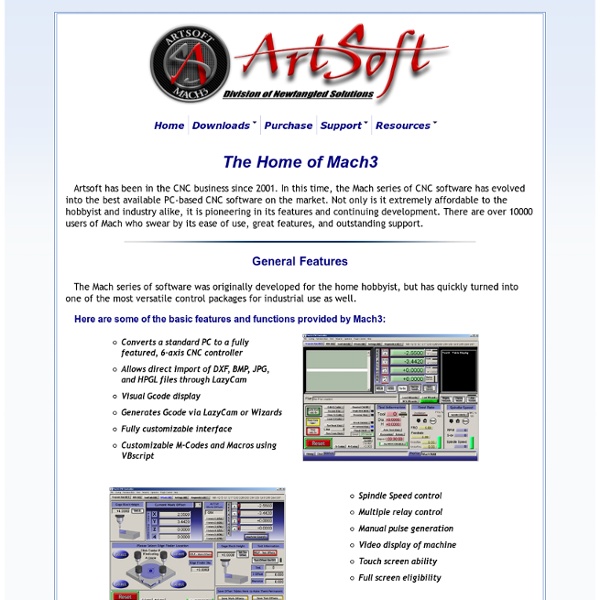



CNC Hobby Router Plans Wire EDM Tooling - Praxis Precision Work Holding Laser {*style:<b>Sam's Laser FAQ, Copyright © 1994-2012, Samuel M. Goldwasser, All Rights Reserved. I may be contacted via the Sci.Electronics.Repair FAQ Email Links Page . </b>*} Back to Sam's Laser FAQ Table of Contents . Sub-Table of Contents HeNe Laser Characteristics, Applications, Safety Introduction to Helium-Neon Lasers Some Applications of a 1 mW Helium-Neon Laser HeNe Laser Safety Comments on HeNe Laser Safety Issues Theory of Operation, Modes, Coherence Length, On-Line Course Instant HeNe Laser Theory Summary of the HeNe Lasing Process Longitudinal Modes of Operation Mode Sweep Resonator Length and Mode Hopping Observing Longitudinal Modes of a HeNe Laser Longitudinal Mode Pulling Waveforms and RF Spectrum of Longitudinal Modes Transverse Modes of Operation Multi-Transverse Mode HeNe Lasers Coherence Length of HeNe Lasers What is Mode Locking? HeNe Laser Output Power Fluctuation During Warmup Plots of HeNe Laser Power Output and Polarized Modes During Warmup Mode Competition in Short HeNe Lasers
Mechanicals - MikesCNCShop The design I am using was found on a forum at www.cnczone.com. This design has several nice features. It uses MDF for the frame and black pipe for the axis guides. The linear bearings are made from aluminum angle and roller skate bearings and the lead-screws are 1/2-10 acme-threaded rod. I will need to modify the design for my specific space requirements. 11-18-05 I ordered more components tonight. The components are coming together quickly. 4-2-06 Today I started construction on the MDF frame for the router. I find that many people in CNC forums will build a simple machine then use that one to cut parts for a more complex or better machine. Y-axis torsion box laying on its side. 8-1/8 x 3 x 34-1/2. The top and bottom are 3/4" thick while the inner ribs are 1/2" thick. On the top and bottom of the torsion assembly, I used a 90-degree v-groove router bit to cut out a beveled groove for the pipe rails to seat in. This view shows the assembly with the grooves. The carriage dry fitted.
INDUSTRIAL NEWS /// WORLDWIDE INDUSTRY NEWS /// METAL & PLASTIC INDUSTRY Craftsmanship Museum The Hobby CNC Router: Builders Guide Step 1 As we discussed earlier, there are numerous advantages to designing and building a hobby CNC router. Designing and building any machine has the potential of being a good or bad experience. This is also the case wen designing and building a CNC router. The concepts of CNC routers are fairly straight forward, but you can quickly become overwhelmed in the process. Thats why this guide is here; to keep you from making mistakes that might cost you time, money, and performance. Although this guide is primarily focusing on hobby CNC routers, the concepts may be applies to most any CNC linear motion system. If you are thinking of building your own machine, there is a good chance you already have a design in mind. One last comment before we jump in head first. Lets Get Started: 1) Choosing your designThere are two primary styles of the hobby CNC router. 1) Stationary Gantry, Mobile bed2) Mobile Gantry, stationary bed Here you can see an example of each. The mobile gantry design is very versatile.
1. Roughness : Terminology The quality of machined surface is characterized by the accuracy of its manufacture with respect to the dimensions specified by the designer. Every machining operation leaves characteristic evidence on the machined surface. This evidence in the form of finely spaced micro irregularities left by the cutting tool. Each type of cutting tool leaves its own individual pattern which therefore can be identified. 1. Roughness consists of surface irregularities which result from the various machining process. 2. It is the height of the irregularities with respect to a reference line. 3. The roughness width is the distance parallel to the nominal surface between successive peaks or ridges which constitute the predominate pattern of the roughness. 4. Roughness width cut off is the greatest spacing of respective surface irregularities to be included in the measurement of the average roughness height. 5. 6. 7. 8. 9. The rms value can be calculated as shown below. 1. 2. Ideal Roughness
Pollution photos Sponsored links Last updated: May 9, 2012. Looking for photos of water and air pollution to illustrate your school or college project? You've come to the right place. We've collected together a mini "photo library" of about 60 public domain (copyright free) images you can safely use without worrying about copyright. Photo by US National Park Service, Indiana Dunes National Lakeshore, courtesy of US EPA Great Lakes National Program office. Before you read on, you might like to note that these three other handy pollution pages: What is water pollution? Click on the thumbnail images on the left to link to a full-size picture.